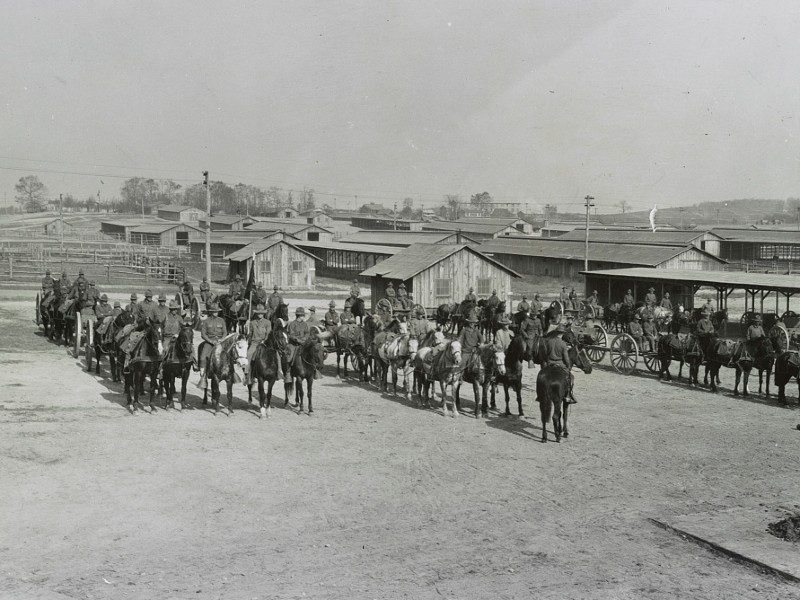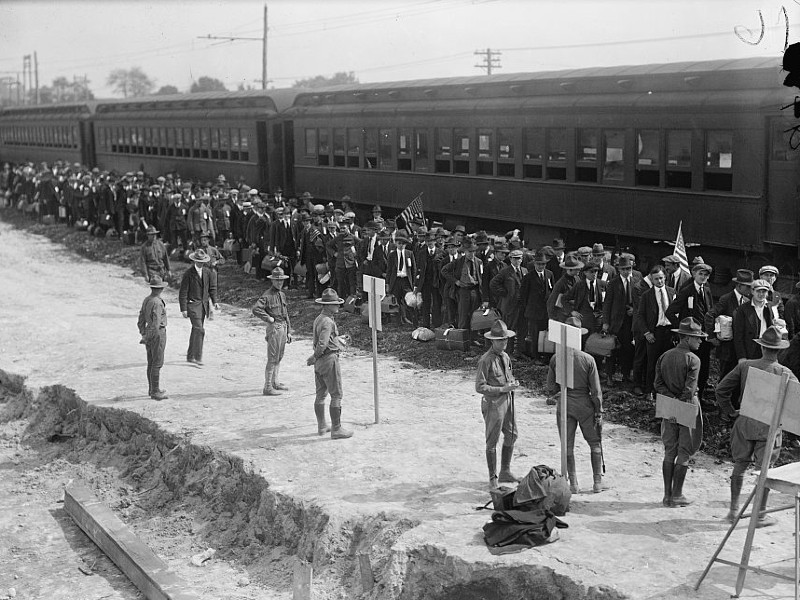Today marks the 100th anniversary of the end of World War One. The bloody fighting came to a brokered armistice on the eleventh day of the eleventh month at the eleventh hour. The changes the war wrought were undeniable.
It was described as the “war to end all wars.” Over the course of nearly five years, almost nine million soldiers and seven million civilians lost their lives to the conflict – and perhaps a hundred million more died from the flu that tore across the world as the armies converged.
American forces, which entered the conflict in April of 1917, had made a decisive and remarkable impact – turning the tide of the war in favor of the Allies and putting the nation on the world’s stage as an emerging power. The American Army would be forever changed by the experience – and leaders who would define the next world war gained invaluable combat experience.
In Maryland, the war made an indelible mark on the history and future of the state. Nearly 62,000 Marylanders were in military service during the conflict, including 11,000 African-Americans. Of those who served, nearly 1,600 were casualties of the war.
Major military institutions were also established in Maryland – several of which still exist, including Fort Meade in Anne Arundel County (originally Camp Meade) and the sprawling 72,000-acre Aberdeen Proving Ground in Harford County. Each were created to deal with the influx of doughboys in Maryland and to support the establishment and equipping of the American Expeditionary Force.
The war also changed the way Marylanders and all Americans viewed the role of the United States in world affairs. No longer would America sit on the sidelines – but the experience also caused many Americans to question the value of engaging in world affairs. As a result, America’s entrance into the next world war would be long delayed by the memory of World War One.
Though one hundred years may separate us from the end of this conflict, the loss, impact and experience of the “war to end all wars” continues to shape our world.


